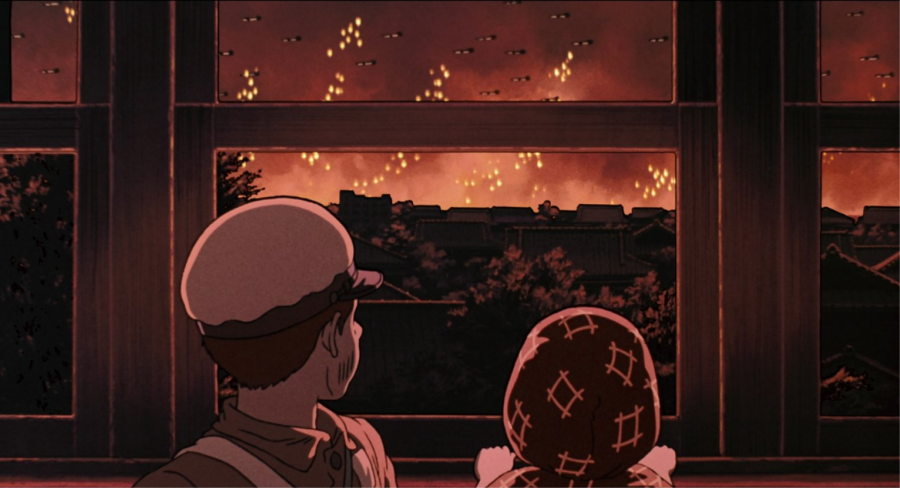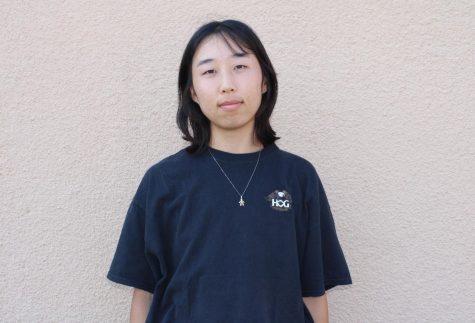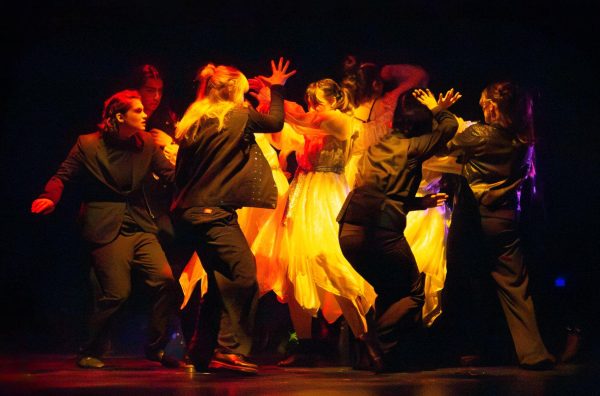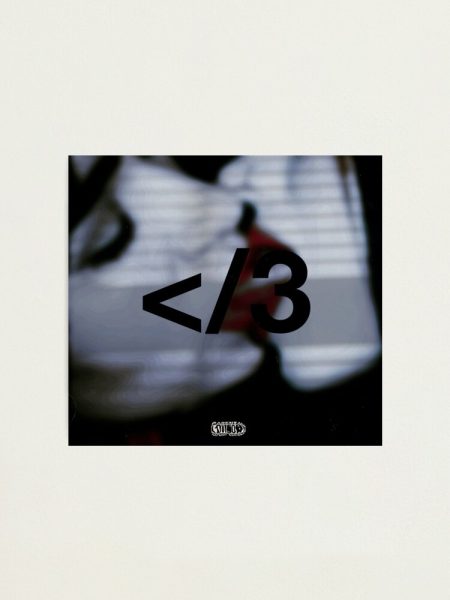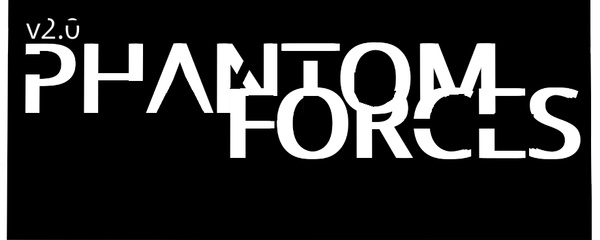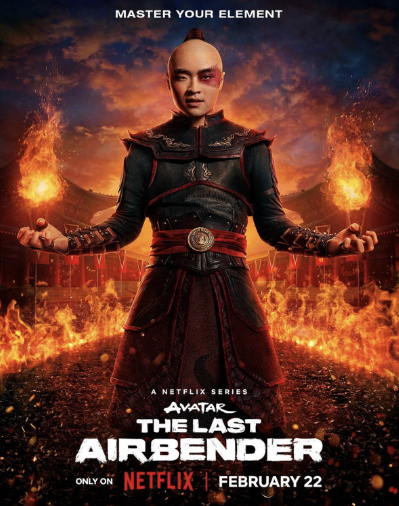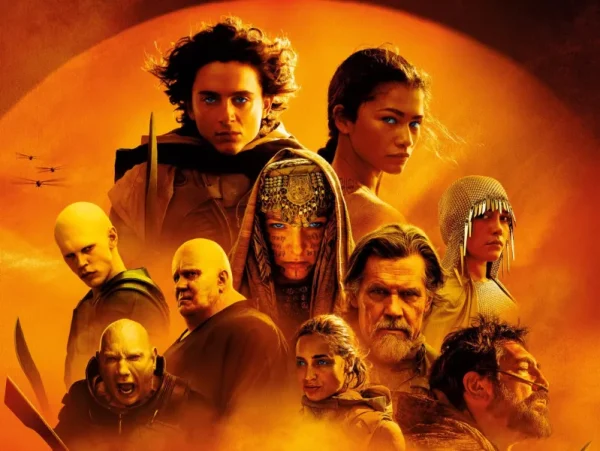Grave of the Fireflies: A Tale of Survival
a depiction of World War II bombings in Kobe shown in Grave of the Fireflies with Seita and Setsuko looking upon them in a train (ifccenter.com).
April 13, 2021
Grave of the Fireflies is a Japanese animated film released in 1988. It tells the story of two orphans, Seita and his younger sister Setsuko, and their struggle to survive in Japan during the last two months of World War II. Directed by animator, Isao Takahata, and based on a semi-autobiographical novel written by Akiyuki Nosaka in 1967, it recounts a partially true tale of Nosaka’s experience during the War in the city of Kobe. Before you continue reading, beware of spoilers! I will expose a lot of events that occur in the film, so feel free to watch this movie before reading on!
The film abruptly begins with the death of the main character Seita, a young teenage boy, who narrates, “In 1945, on the night of September 21, I died.” He lies on the ground in a subway among numerous other children scattered around the area, filthy and wearing nothing but rags. His black eyes show no signs of life, and as he closes them for the last time, he mutters his sister’s name with a soft, “Setsuko….”
This opening scene is an immediate hit to the face. When watching this film for the first time, seeing such a miserable death told me that there was no happy ending. This is a stark contrast to the uplifting Disney films most of us are familiar with. Nevertheless, this unique introduction grabbed my full attention as I realized the severity of the film. Watching the subbed version of the movie also did well to get me immersed; although I can’t understand Japanese, it was easy to feel the mood of the movie through the voice actors’ delivery and tone.
The animation continues as it looks back on the siblings’ past. The tale begins when Seita and Setsuko hurriedly evacuate their house after learning that American bombers would soon be dropping bombs on their town. Their whole neighborhood is quickly set on fire by the bombers, which results in their mother suffering horrific burns and later dying in a hospital; their father is also out fighting the war in the Japanese navy, so the children are left to fend for themselves.
At first, the two siblings are taken in by their aunt, who provides shelter and food for the kids. However, tension soon builds as the aunt begins to feel burdened having the two in her household, so Seita and Setsuko decide to leave to live independently. They come across a small, empty bomb shelter, which they convert to their new home. For the rest of the film, we watch as they desperately struggle to survive.
This animation is a relatively simple story; it does not center on character development, but rather focuses on showcasing the effects of the event occurring throughout the film. It shows us a depiction of what life was like back in a war-torn Japan. The characters’ personalities remain consistent from beginning to end, and we don’t get a grand or complex tale about a fun adventure; we just watch them live in their small home trying their best to survive.
Although there is no direct comedy in this film, there are a few lighthearted moments throughout the recurring melancholy theme. Watching the two kids interact, laugh, and play during such a dark time is surprisingly uplifting. However, because the film portrays the horrors of war, its overall tone is serious.
The music throughout most scenes is delicate and uses chimes to help set a spiritual mood, but quite often, there is little to no music at all. When the US bombers fly over Kobe in their first air raid, only the sound of plane engines is present in the background, making the scene feel much more realistic and tense.
The animation is another factor of the film that makes it so captivating. The style of the characters and their movements are gracefully natural. Everything flows smoothly and I never once felt that anything looked unusual or out of place. Characters have their own specialized voice acting styles and fitting voice actors that give each their own personality and charm. This is nothing to be surprised by, as these are prominent characteristics present in almost all popular Ghibli films.
Overall, I recommend that you watch Grave of the Fireflies, as it presents an interesting perspective of what World War II was like for innocent civilians on the Axis side, allowing us to gain a perspective that is not frequently portrayed in Western media.
“I would definitely recommend this to my friends because it brings light to the situation in Japan during the World War, and it’s also just a great film in general with its characters, scenery, and animation,” sophomore Miyako Kato said.
Grave of the Fireflies offers a beautiful art style, charming characters, and a narrative full of emotion. This film will surely keep you immersed in Seita and Setsuko’s story from start to finish, and will leave you with a bittersweet feeling as it comes to a melancholy yet satisfactory close.


